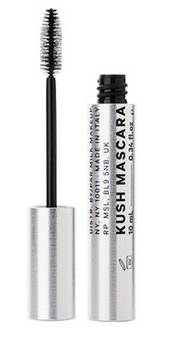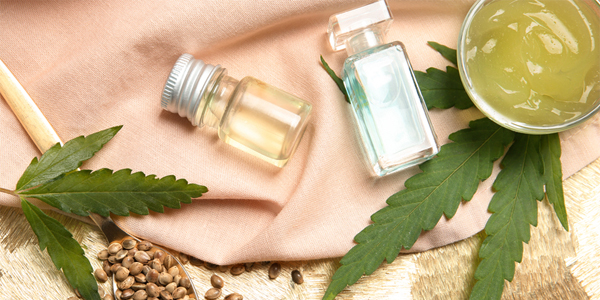With the growing legalization of marijuana in the United States, consumers are becoming more intrigued with the product beyond its recreational uses. Smaller indie brands such as Optiat and MGC Derma were some of the first to enter into this untapped market, while mainstream players are following suit. In fact, Estée Lauder’s Origins recently introduced Hello Calm: Relaxing and Hydrating Face Mask with Cannabis Sativa Oil.

The year 2019 is expected to witness more luxury, mass and specialty players entering into this rapidly advancing market. With the ever-growing interest and preference toward more natural products, consumers look to expand their curiosity, turning to the advantages of cannabis as a key beneficial ingredient.
Cannabidiol (CBD) is not new to the beauty industry. However, since its legalization in certain states, it has gained more credibility and the potential to become a staple ingredient. Some brands have already started incorporating it as an alternative to other ingredients. Kush mascara, released by Milk Makeup in 2017, uses CBD as a binding agent instead of the traditional beeswax. As a replacement for beeswax, CBD oil can be used in lip treatment products and hair products for smoothing properties. Skin care benefits, meanwhile, are profound. CBD has stress-reducing, pain-relieving, and anti-inflammatory properties, making it suitable for face masks, creams, and serums.

The common marketing challenge that brands could face is differentiating the use of hemp seed oil versus CBD. While both ingredients are grouped into the category of cannabis-derived, the difference in effects are significant. It is a common conception that hemp-derived products do not contain levels of CBD high enough to have an efficacious impact on the skin, and products that do contain CBD oil, which must be labeled as such according to U.S. law, will provide the expected benefits. However, there is an opportunity for a brand to educate their consumers on the efficacy and use of cannabis as an ingredient in their choice of product, thus gaining the trust of experimental consumers who view cannabis as the new trend or movement in beauty. Ensuring that pure CBD is used in products using the U.S. government label will be how brands using CBD, and not just hemp seed oil, can differentiate themselves.
Our new market research analysis, Consumer Cannabis Products: U.S. Health and Beauty Market Analysis and Opportunities, will take a look at the various consumer applications for CBD, ranging from lip balms and mascaras to pain relievers and dietary supplements. Expected to be published early in 2019, this report will examine health and beauty products powered by cannabis as well as their regulatory and legal status, current product offerings, marketing channels, and market predictions through 2023. The study will also investigate consumers’ attitudes and perceptions toward CBD products, along with preferred type of products and purchase channels. Early-bird subscribers of this study have the unique opportunity to shape its content to some extent, as well as to get the first-ever results on this new segment.
Written by Naira Aslanian, Project Manager Consumer Products, and Alyssa Behrendt, Analyst Consumer Products

